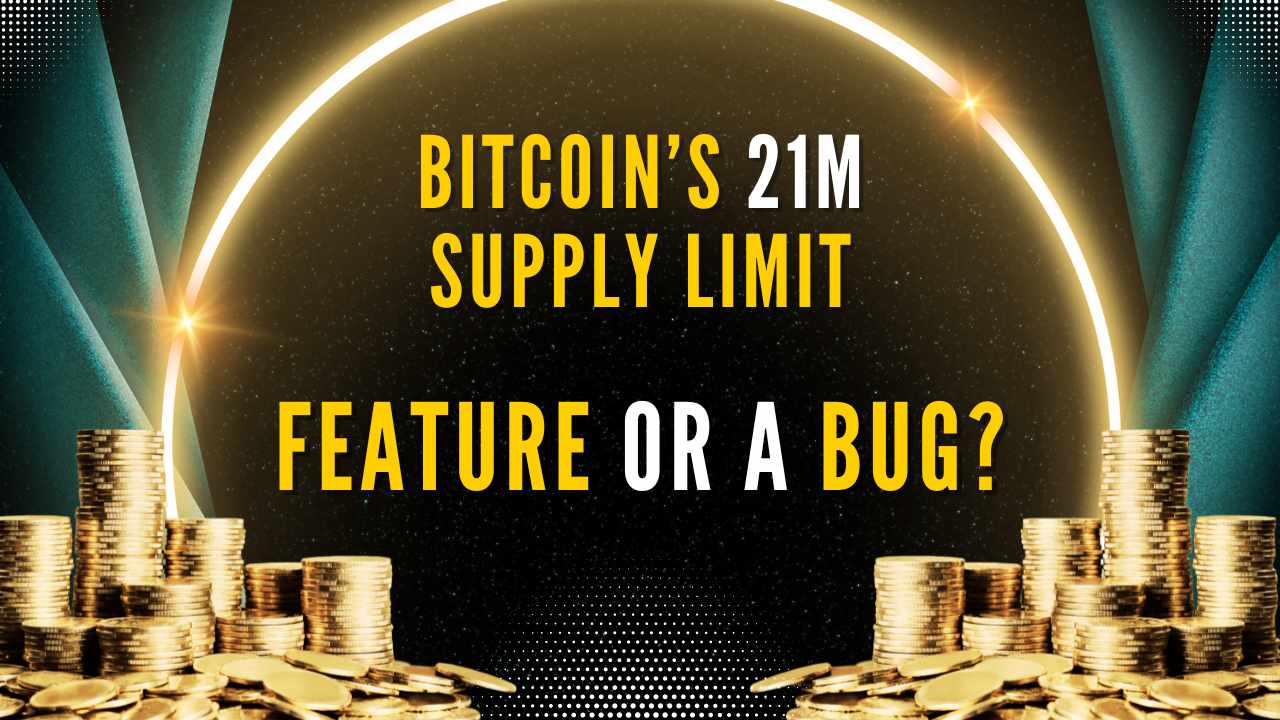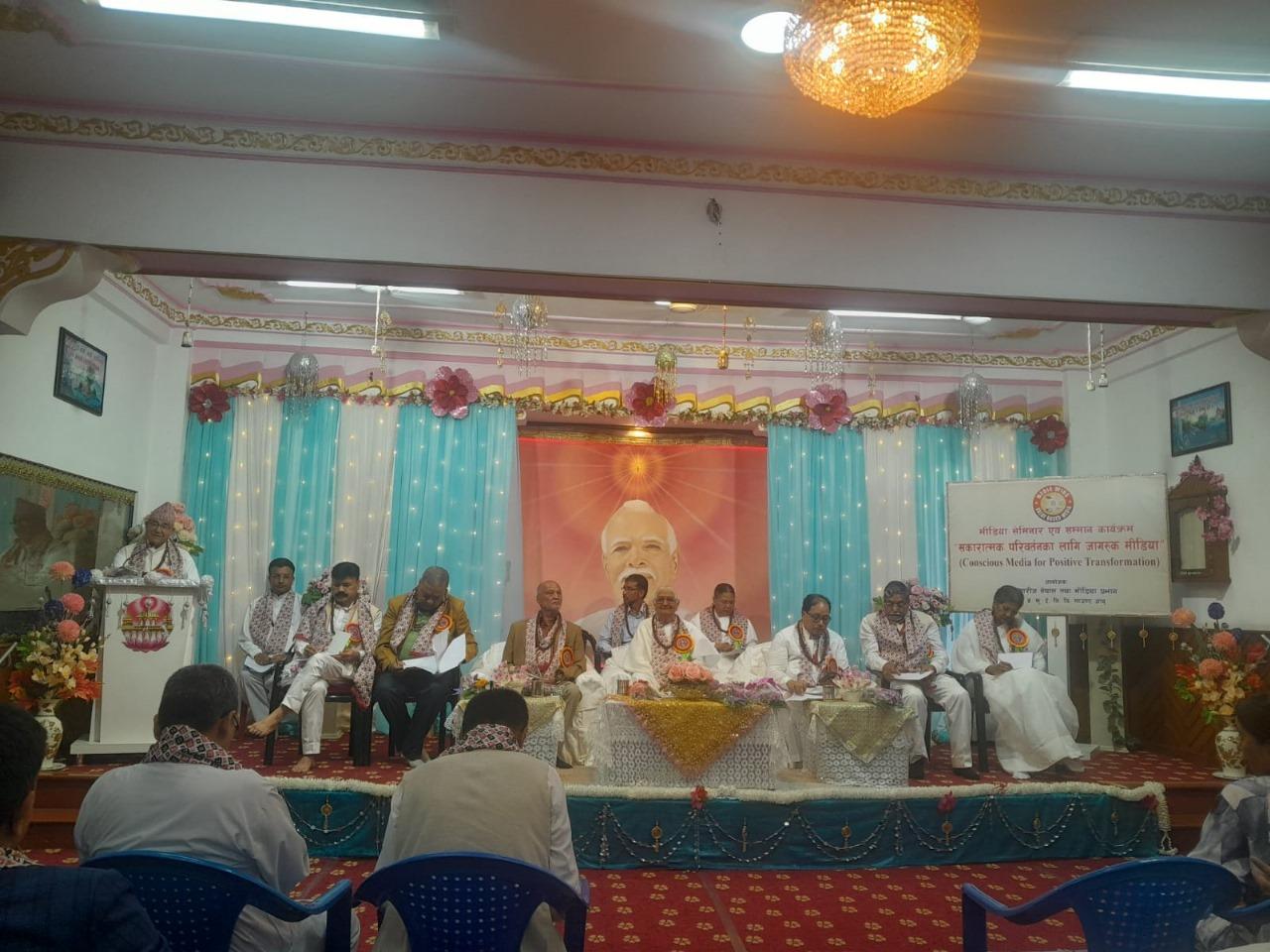Bitcoin’s 21 mn supply limit – Feature or a Bug?
Bitcoin’s 21 million limit? No issue has divided the community of Austrian Economists/ Libertarians as Bitcoin has. Several other intellectually contentious matters, such as whether we should have private armies or privatize justice systems, have been widely debated. While these issues have been fiercely contested, the differences have not manifested outside the specific discussion forums. […] The post Bitcoin’s 21 mn supply limit – Feature or a Bug? appeared first on PGurus.


Bitcoin’s 21 million limit?
No issue has divided the community of Austrian Economists/ Libertarians as Bitcoin has. Several other intellectually contentious matters, such as whether we should have private armies or privatize justice systems, have been widely debated. While these issues have been fiercely contested, the differences have not manifested outside the specific discussion forums.
Bitcoin has been a different story altogether. While I have not seen any formal surveys, from the limited readings I have done, there is greater support for Bitcoin than opponents within Austrian Economists. I certainly hope my impression is incorrect, and if otherwise, this article will help convert some Bitcoin supporters away from the crypto mania.
The issue
For this article, I assume readers recognize the problems with fiat currencies and why we are at the end stage of the paper US Dollar system that started in 1971. If otherwise, my book, “RIP USD:1971-202X …and the Way Forward”, explains this issue starting from the basics of economics. The two leading solutions to the above problem have been discussed below:
- Gold-based monetary system with a diluted version of the Classical Gold Standard as the starting point.
- A combined Gold-and-Bitcoin-based monetary system.
There are also the “Only Bitcoin” proponents, but that is a minuscule minority. Besides, if I can establish that Bitcoin doesn’t serve the objective of being a “Medium of Exchange,” then the second alternative above (Gold and Bitcoin) can be laid to rest. The same argument can also counter the “Only Bitcoin” argument.
The latest claim by Bitcoin proponents is that the number of Bitcoins that can be created has a hard supply limit of 21 million. This is unlike the case with gold, where we have been mining gold for the last 5,000+ years and will continue well into the future. The argument is that the increasing supply of gold dilutes the value of existing stock, and hence, Bitcoin is a better proposition as the supply is fixed at 21M.

Before getting into the argument, this “21 Million” marketing exercise reminded me of my earlier career in software. I worked as a software architect during the dot-com boom, and it was a widespread practice to market a “bug-as-a-feature” across almost all software products. The only difference between then and now is that the marketing teams of these software products pretty well recognized the bug for what it was and were merely doing a workaround to hide it.
In comparison, most Bitcoin proponents seem to believe that the 21M supply limit is a good reason to consider Bitcoin as good, if not better than gold.
What’s wrong with the supply limit?
The argument against the supply limit comes from Murray Rothbard’s “What Has Government done to Our Money?”

How does Rothbard’s above definition show the hard supply constraint as a critical flaw? Suppose one recognizes money as just another commodity wherein the “Medium of Exchange” is on top of its existing utilities. In that case, it automatically flows that the society would benefit from a higher supply of this commodity. This is true for all commodities – rice, wheat, salt, gold, iron, etc.
Let’s take the case of gold, which is often (wrongly) described as a commodity with limited utility. Gold’s unique properties—conductivity, non-reactivity, malleability, ductility, and extreme divisibility—would make it widely utilized if it were not so scarce. If the availability of gold in the earth’s crust were 10 times what it is today, gold would have replaced silver in most industrial situations. Had it been 500 times more abundant, we would be using gold wires to transmit electricity instead of copper wires. It is the scarcity that limits the utility despite its very unique and valuable properties.
In comparison, what would we have done if we had “21B” instead of “21M” Bitcoins? Nothing at all. We can’t do anything with the 19M Bitcoins we have today. There is no utility whatsoever. Of course, there is a Price, and speculators only buy Bitcoin to sell it at a higher price tomorrow.
We could now address a more fundamental concern about why Utility is an essential criterion for a commodity to be considered a Medium of Exchange. We turn to Rothbard again for an explanation of this. As he explains, any “Medium of Exchange” must satisfy 5 properties – Value in Itself (i.e., Desirable), Durable, Divisible, Convenient, and Consistent.
The most important of the 5 properties is “Desirability.” The commodity needed to be accepted for its non-monetary properties by a large section of households. The earliest form of money was wheat, and it could be easily understood why this was the case. Every household consumed wheat, so its acceptability as a Medium of Exchange was nearly universal.
The transition from wheat to iron/ copper as the preferred medium of exchange happened because these commodities were almost as desirable as wheat but scored better in durability and convenience. The transition from iron/copper to gold/ silver as the preferred medium happened for the same reason, i.e., more durable and convenient. One could drop a gold bar at the bottom of an ocean floor, and it will retain its properties after a hundred years. Gold also stores an enormous amount of value in a small volume. For example, houses in most parts of the world can be purchased for as little as 10 kgs of gold, which has been the case for hundreds of years.
Desirability was the overriding criterion, and the other properties were seen in this context. For example, in the table below, why is “Diamond” categorized as not “divisible?” We know that diamonds can be split into individual carbon atoms if required. It is just that they cease to be desirable once divided into just two halves.
The table below ranks the various commodities utilized as money over the last 8,000 years. Around 2800 BC, the markets settled on gold and silver as the ideal forms of money because of their unique properties.

Why the “?” against the “Durable” property for Bitcoin in the table? Of course, we know that Bitcoins are durable, as they are digital tokens that can be preserved for eternity. Let us say that we conceive of some utility for “Bitcoin.” Does that qualify Bitcoin to be money? That’s where the durability property comes in. Even if there is a utility today for its algorithms and even assuming Bitcoin becomes widely desired for that purpose, we can be confident that a decade later, we would have far more powerful and more sophisticated algorithms to perform the same task. So, the durability of the property on account of which Bitcoin is desirable to start with will never stand the test of time.
In summation, Bitcoins are not desirable; even if one were to conjure some utility, it certainly would not be durable.
Conclusions
The 21M supply constraint exposes Bitcoin’s lack of utility/ desirability, and I hope Bitcoin proponents, especially within the circle of Austrian economists, recognize this. We certainly don’t have to relearn what Rothbard has so clearly documented.
“Lipstick on a Pig” might be a harsh term to describe this 21M limit being utilized as a marketing feature, but it is not very far from the truth either. Gold has been money for the last 5,000 years (except the last 50 years since 1971), and that will not change anytime soon.
For all the latest updates, download PGurus App.
Note:
1. Text in Blue points to additional data on the topic.
2. The views expressed here are those of the author and do not necessarily represent or reflect the views of PGurus.
The post Bitcoin’s 21 mn supply limit – Feature or a Bug? appeared first on PGurus.
What's Your Reaction?


































































































































